Nationality United States Name Arthur Schawlow Fields Physics Role Physicist | Known for Spectroscopy Books Microwave Spectroscopy | |
 | ||
Born May 5, 1921Mount Vernon, New York, U.S. ( 1921-05-05 ) Institutions Bell LabsColumbia UniversityStanford University Notable awards Stuart Ballantine Medal (1962)Marconi Prize (1977)Nobel Prize for Physics (1981)National Medal of Science (1991) Education University of Toronto (1949), University of Toronto (1942), University of Toronto (1941), Vaughan Road Academy Similar People Charles H Townes, Nicolaas Bloembergen, Theodor W Hansch, Nikolay Basov, Alexander Prokhorov | ||
Doctoral advisor Malcolm Crawford | ||
Arthur Leonard Schawlow | Wikipedia audio article
Arthur Leonard Schawlow (May 5, 1921 – April 28, 1999) was an American physicist and co-inventor of the laser with Charles Townes. His central insight, which Townes overlooked, was the use of two mirrors as the resonant cavity to take MASER action to visible wavelengths. He shared the 1981 Nobel Prize in Physics with Nicolaas Bloembergen and Kai Siegbahn for his work on lasers.
Contents
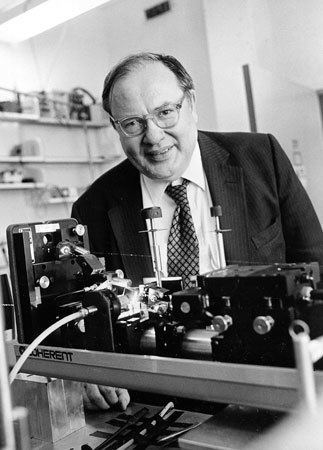
Biography
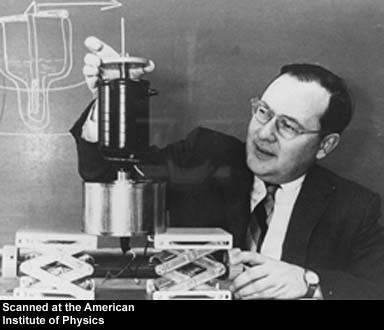
Schawlow was born in Mount Vernon, New York. His mother, Helen (Mason), was from Canada, and his father, Arthur Schawlow, was a Jewish immigrant from Riga, then Russian Empire (now Latvia; Schawlow was raised in his mother's Protestant religion). When Arthur was three years old, they moved to Toronto, Ontario, Canada.
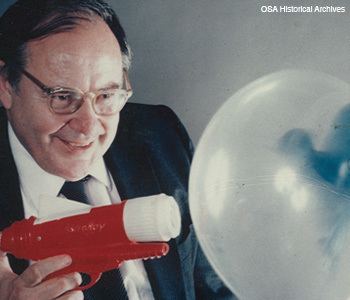
At the age of 16, he completed high school at Vaughan Road Academy (then Vaughan Collegiate Institute), and received a scholarship in science at the University of Toronto (Victoria College). After earning his undergraduate degree, Schawlow continued in graduate school at the University of Toronto which was interrupted due to World War II. At the end of the war, he began work on his Ph.D at the university with Professor Malcolm Crawford. He then took a postdoctoral position with Charles Townes at the physics department of Columbia University in the fall of 1949.
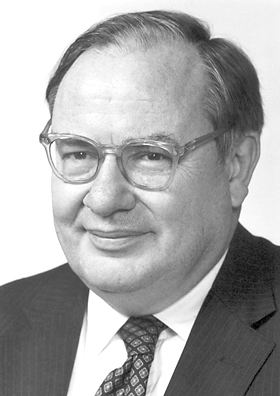
In 1951, he married Aurelia Townes, younger sister to physicist Charles Hard Townes, and, together, they had three children; Arthur Jr., Helen, and Edith. Arthur Jr. was autistic, with very little speech ability.
He considered himself to be an orthodox Protestant Christian, and attended a Methodist church.
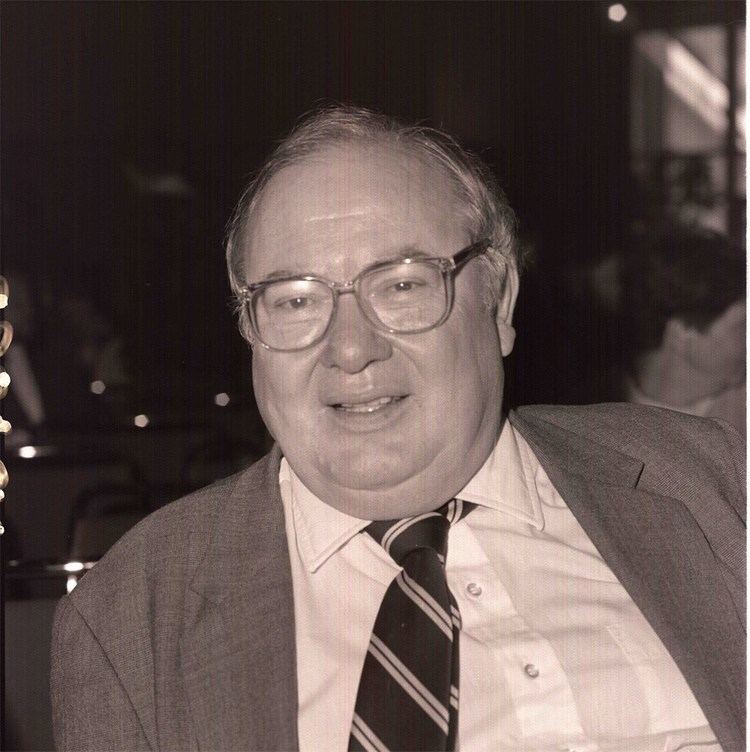
He went on to accept a position at Bell Labs in late 1951. He left in 1961 to join the faculty at Stanford University as a professor. He remained until he retired to emeritus status in 1996.
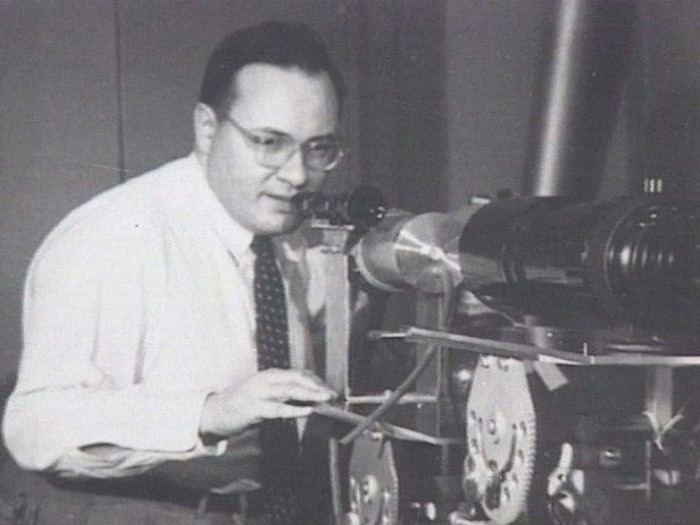
Schawlow and Professor Robert Hofstadter at Stanford, who also had an autistic child, teamed up to help each other find solutions to the condition. Arthur Jr. was put in a special center for autistic individuals, and later, Schawlow put together an institution to care for people with autism in Paradise, California. It was later named the Arthur Schawlow Center in 1999, shortly before his death on the 29th of April 1999.
Schawlow was a promoter of the controversial method of facilitated communication with patients of autism.
Although his research focused on optics, in particular, lasers and their use in spectroscopy, he also pursued investigations in the areas of superconductivity and nuclear resonance. Schawlow shared the 1981 Nobel Prize in Physics with Nicolaas Bloembergen and Kai Siegbahn for their contributions to the development of laser spectroscopy.
Schawlow coauthored Microwave Spectroscopy (1955) with Charles Townes. This classic text is still being used today. Schawlow co-invented the laser with Townes in their seminal 1958 paper on Optical Masers aka lasers. This was the first published idea on the laser and the first one was built in 1960 by Ted Maiman.
In 1991, the NEC Corporation and the American Physical Society established a prize: the Arthur L. Schawlow Prize in Laser Science. The prize is awarded annually to "candidates who have made outstanding contributions to basic research using lasers."
Schawlow died of leukemia in Palo Alto, California.
Awards
Science and religion
He participated in science and religion discussions. Regarding God, he stated, "I find a need for God in the universe and in my own life."
Arthur Schawlow was an intense fan and collector of traditional American jazz recordings, as well as a supporter of instrumental groups performing this type of music.
